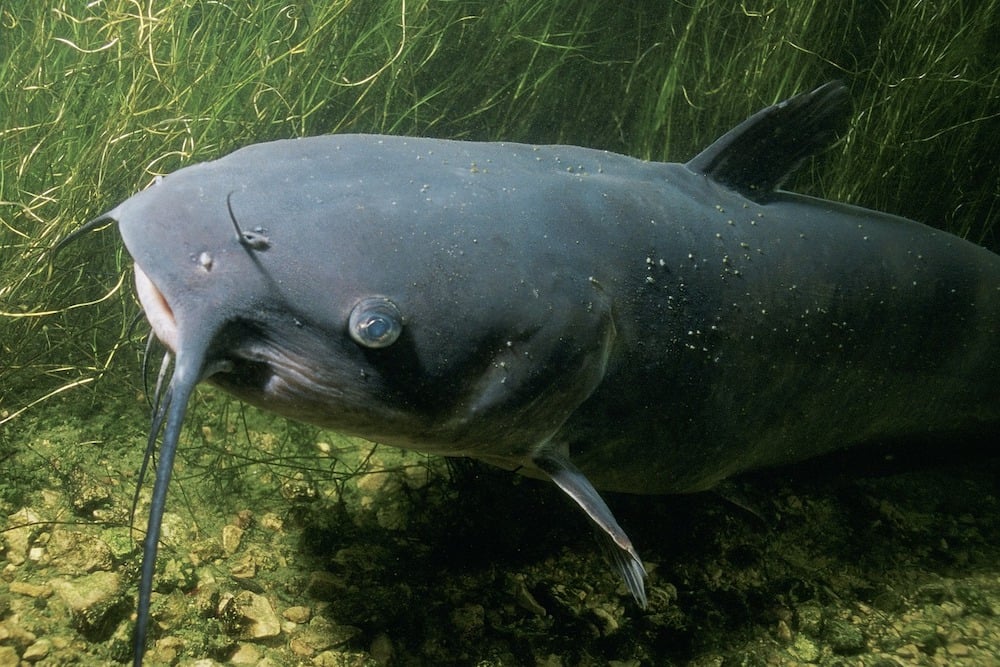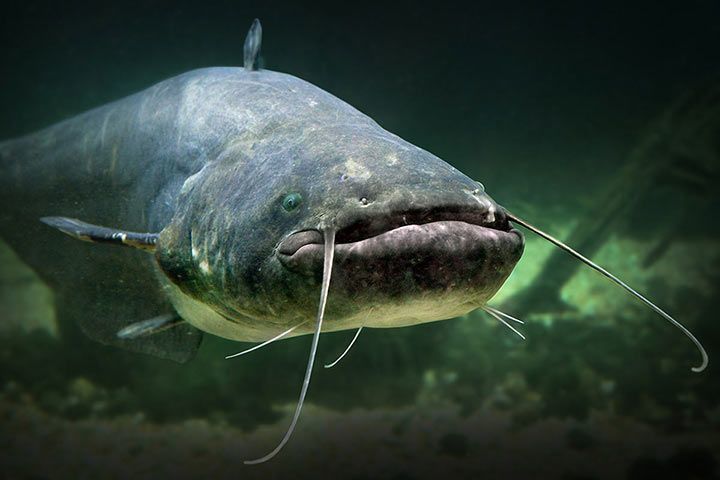
Catfish, known for their unique whiskers and hardy nature, have fascinated fish enthusiasts, anglers, and biologists alike. These versatile fish inhabit waters worldwide, with lifespans ranging from a few years to several decades. In this article, we’ll dive deep into how long a catfish can live, factors that influence their longevity, and how different environments play a role in their lifespans. Along the way, we’ll uncover record-breaking cases, explore popular catfish species, and even look at the best fish markets where catfish are available.
Understanding the Lifespan of Catfish

The life expectancy of a catfish is shaped by a mix of biological, environmental, and situational factors. Let’s break down the complexities that contribute to how long a catfish can live.
What Determines How Long a Catfish Can Live?
Catfish longevity is influenced by elements such as genetics, diet, water quality, and the level of care they receive, especially in captivity. Genetics plays a core role, with certain species predisposed to longer lifespans.
Natural vs. Captive Lifespan of Catfish
Catfish lifespans vary considerably between wild and captive settings. Generally, pet catfish or farm-raised ones can live longer due to the controlled, predator-free environment, but they require optimal conditions.
Variations by Catfish Species
With over 3,000 species, catfish come in various shapes, sizes, and lifespans. Each species adapts to its specific habitat, making some catfish longer-lived than others. We’ll discuss some of these species in greater detail later.
Factors Influencing the Longevity of Catfish

The Role of Water Quality in Catfish Lifespan
Water quality is critical to the longevity of catfish. Clean, oxygen-rich water promotes health, while polluted or low-oxygen water can lead to disease and shorter lifespans.
How Diet Affects Catfish Longevity
Nutrition is another crucial factor. A well-rounded diet rich in proteins and essential nutrients can boost immunity and overall lifespan.
Impact of Predators on Catfish Lifespan
In the wild, catfish face numerous predators like birds, alligators, and even other fish. The presence of these threats influences the survival rate of catfish populations.
Temperature’s Role in Catfish Lifespan
Water temperature affects a catfish’s metabolism and development. Catfish in warmer waters may grow faster but often have shorter lifespans compared to those in cooler environments.
Average Lifespan of Different Catfish Species
Channel Catfish
Typically found in North America, channel catfish can live up to 15 years in the wild. In captivity, they may exceed 20 years if well cared for.
Blue Catfish
Blue catfish, native to the Mississippi River, can live up to 25 years. Their size and diet contribute to their robust longevity.
Flathead Catfish
These nocturnal hunters can live for around 20 years in the wild. Flatheads thrive best in unpolluted waters.
Redtail Catfish
Popular among pet owners, redtail catfish can reach up to 15 years in captivity when provided with ample tank space and proper diet.
Record-Breaking Lifespans of Catfish

Longest Living Catfish Species Recorded
Some catfish species have been documented to live over 30 years, with giant catfish species known for exceptionally long lifespans.
Giant Catfish and Their Lifespans
Mekong giant catfish are renowned for their size and impressive lifespan, sometimes reaching 50 years in optimal conditions.
Oldest Catfish Ever Found
The oldest recorded catfish reached an estimated 60 years, living in a deep, nutrient-rich river environment. Such examples highlight the resilience of these incredible fish.
Habitat’s Influence on Catfish Lifespan

River Catfish vs. Lake Catfish
River catfish generally have longer lifespans due to the dynamic, oxygen-rich waters they inhabit. In comparison, lake catfish often face more stagnant water, which can limit lifespan.
Catfish in Freshwater vs. Saltwater
While primarily freshwater dwellers, some catfish adapt to brackish waters. Salt content can impact their metabolic rates, affecting longevity.
Pond Catfish Lifespans
Ponds offer a more controlled environment, where catfish may face fewer threats but also limited resources, impacting lifespan.
How Long Do Pet Catfish Live?
:strip_icc():format(webp)/lifespans-of-aquarium-fish-1378340-JS-5c633d2bc9e77c00010a4f92.png)
Choosing Catfish Species for Longevity
Certain catfish, like the pleco or redtail, make popular pets due to their relatively long lifespans and manageable size.
Tips for Prolonging Your Pet Catfish’s Life
Providing clean water, a balanced diet, and adequate tank space are essential for ensuring a long and healthy life for pet catfish.
The Economic and Ecological Impact of Catfish Longevity
How Catfish Lifespan Affects Fishing Industries
Long-lived catfish can significantly impact fishing industries, affecting both the availability and sustainability of fish stocks.
Ecological Impact of Catfish in Their Natural Habitat
Catfish play a crucial role in maintaining balanced ecosystems, often serving as cleanup crews that feed on waste and other small organisms.
Sustainable Catfish Farming for Longer Lifespans
Improving water quality, diet, and farming practices can increase the longevity of farmed catfish, benefiting both consumers and producers.
Exploring the Best Fish Markets in the World for Catfish

Where to Find the Freshest Catfish
Renowned fish markets like Tokyo’s Tsukiji Market, 183 Fish Market and Seattle’s Pike Place Market offer fresh, high-quality catfish. These markets also support sustainable fishing practices.
The Role of Fish Markets in Catfish Conservation
By prioritizing sustainably sourced catfish, these markets help protect wild populations and promote healthy ecosystems.
Conclusion: Ensuring a Long and Healthy Life for Catfish
Understanding the factors that contribute to a catfish’s lifespan can help both conservationists and enthusiasts ensure these fish thrive for years. From optimal habitats to diet and responsible farming, a proactive approach can greatly influence the longevity of catfish, whether they’re in the wild, on a farm, or in your own aquarium.